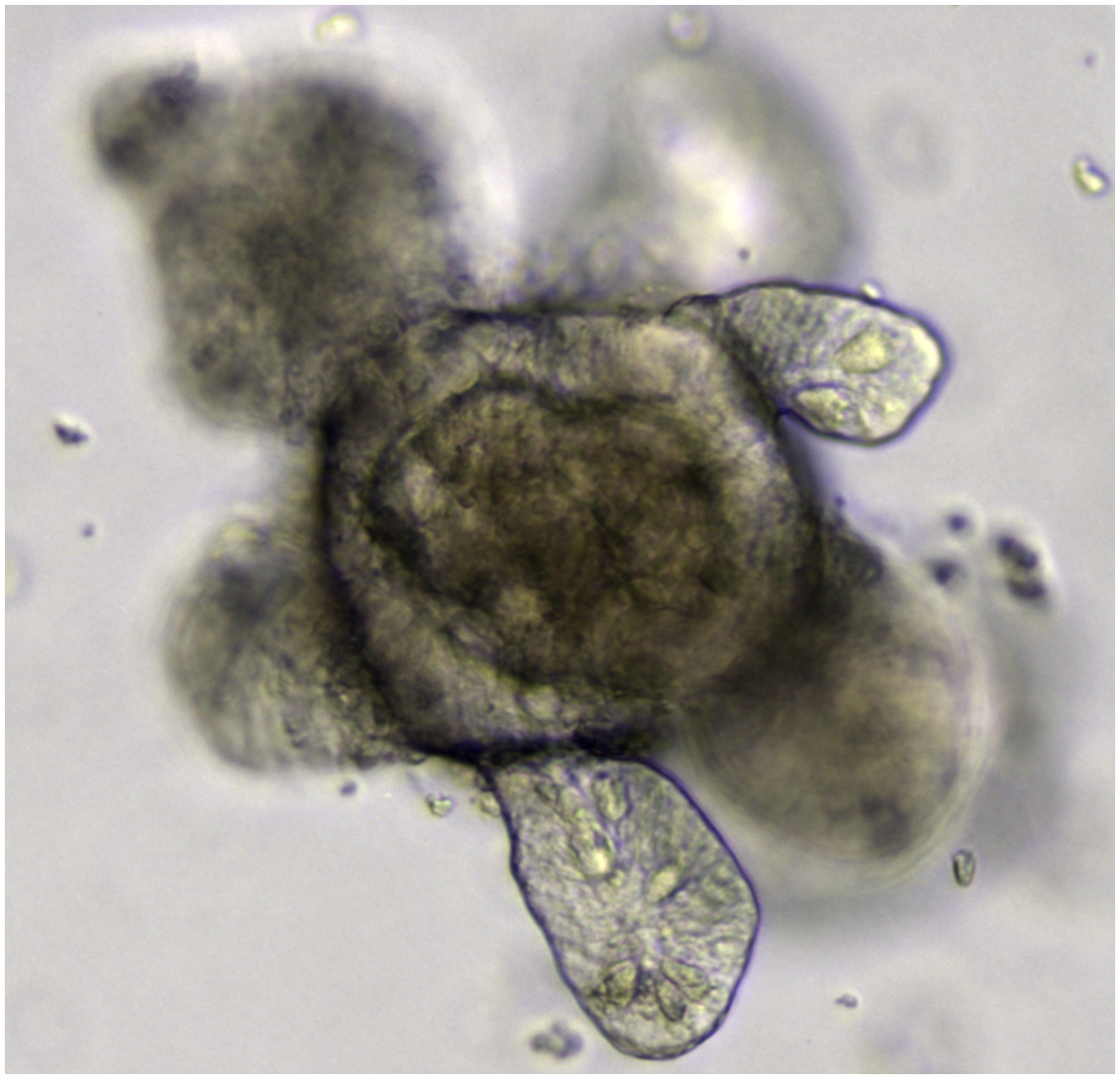This topic takes on average 55 minutes to read.
There are a number of interactive features in this resource:
 Biology
Biology
People are dying all the time because they have damaged organs which no longer function properly. Hearts, kidneys, livers and many other organs can be replaced by transplantation, but only if there is a donor organ available. Doctors and patients badly need a limitless supply of new organs – and preferably ones which will not cause any rejection problems when they have been transplanted. A team of researchers at the Weizmann Institute of Science in Israel has taken human and pig kidney stem cells and transplanted them into mice. The cells formed miniature functioning kidneys that produced urine! What is more the kidneys produced seemed to have little or no effect on the immune system of the recipients – they didn’t cause rejection. Perhaps in future ESCs and iPSCs will be able to supply enough rejection proof organs to prevent anyone from dying because they need a transplant.
These organs open the way to growing larger organs, and also provide scientists with valuable models for further research. In 2016 scientists developed iPSCs which they used to seed a heart-shaped 3D scaffold, and produced beating cardiac muscles in a heart-like structure in the laboratory. This brings a reliable supply of transplantable organs based on stem cell technology another step closer.

Type 1 diabetes often develops in young people because they cannot produce insulin and therefore cannot control the concentration of glucose in their bloodstream. If managed, it is not life-threatening: but patients have to be careful with what they eat, monitor their blood sugar levels and inject themselves with insulin for the rest of their lives. Stem cell therapy could replace the damaged insulin-producing beta cells so that insulin production and blood glucose control by the body can resume.
Scientists have been able to differentiate ESCs into precursor beta cells in the lab – these were then transplanted into the pancreases of mice. There they differentiated further and were able to monitor blood glucose levels and release insulin in response. As beta cell precursors can become cancerous, it would be safer to develop a method to completely differentiate the stem cells into beta cells before they are transplanted.
Instead of using ESCs, iPSCs could be differentiated to form beta cells. If transplanted, these would be less likely to be rejected as they have the same genetic make-up as the patient’s own cells. Unfortunately, type 1 diabetes often arises because the body’s own immune system has destroyed the original beta cells: there is a chance that this could happen too with the replacement cells. Until it is known exactly why and how this autoimmune destruction of the beta cells occurs, it is unlikely that an effective treatment using stem cells can be produced. However, in 2017 a group of scientists working in Tokyo and Stanford Universities reversed diabetes in mice by inserting pancreases which had been grown from mouse stem cells in a rat.
In 2014 a study published in the Lancet described how scientists had made lab-grown vaginas, where the stem cells were seeded on a scaffold, grown in the lab and then transplanted into young women born without vaginas. In the eight year follow-up, the vaginas functioned completely normally, even when the women became sexually active.
Scientists are working on producing an oesophagus in the same way, to replace organs damaged or diseased. There has also been work on growing a trachea based on a scaffold seeded with stem cells. These processes are so far very much experimental and there has been considerable controversy around some of the research on tracheal transplants.
Ground-breaking new medical techniques and technologies often result in considerable controversy. The initial trials are not always approved of – and inevitably they can be seen as risky, because they are so new. Patient outcomes may not be what is expected.
There is a dilemma here. Should radical new treatments, with their inevitable risks, go ahead because of the ultimate rewards they can bring – or should caution rule the day and progress be limited to small steps at a time?
For further stretch and challenge, students might investigate one of the following examples (or others they might find) and present their findings in a debate/discussion session, short presentation, write them down in the form of a scientific or newspaper article.
Investigate one of the following:
the introduction of vaccination by Edward Jenner in the 18th century
the beginning of heart transplant surgery in the 20th century
the work of Barry Marshall and Robin Warren on stomach ulcers in the 20th century
Paolo Macchiarini’s work on transplanting artificial tracheas built using stem cell technology in the 21st century.
